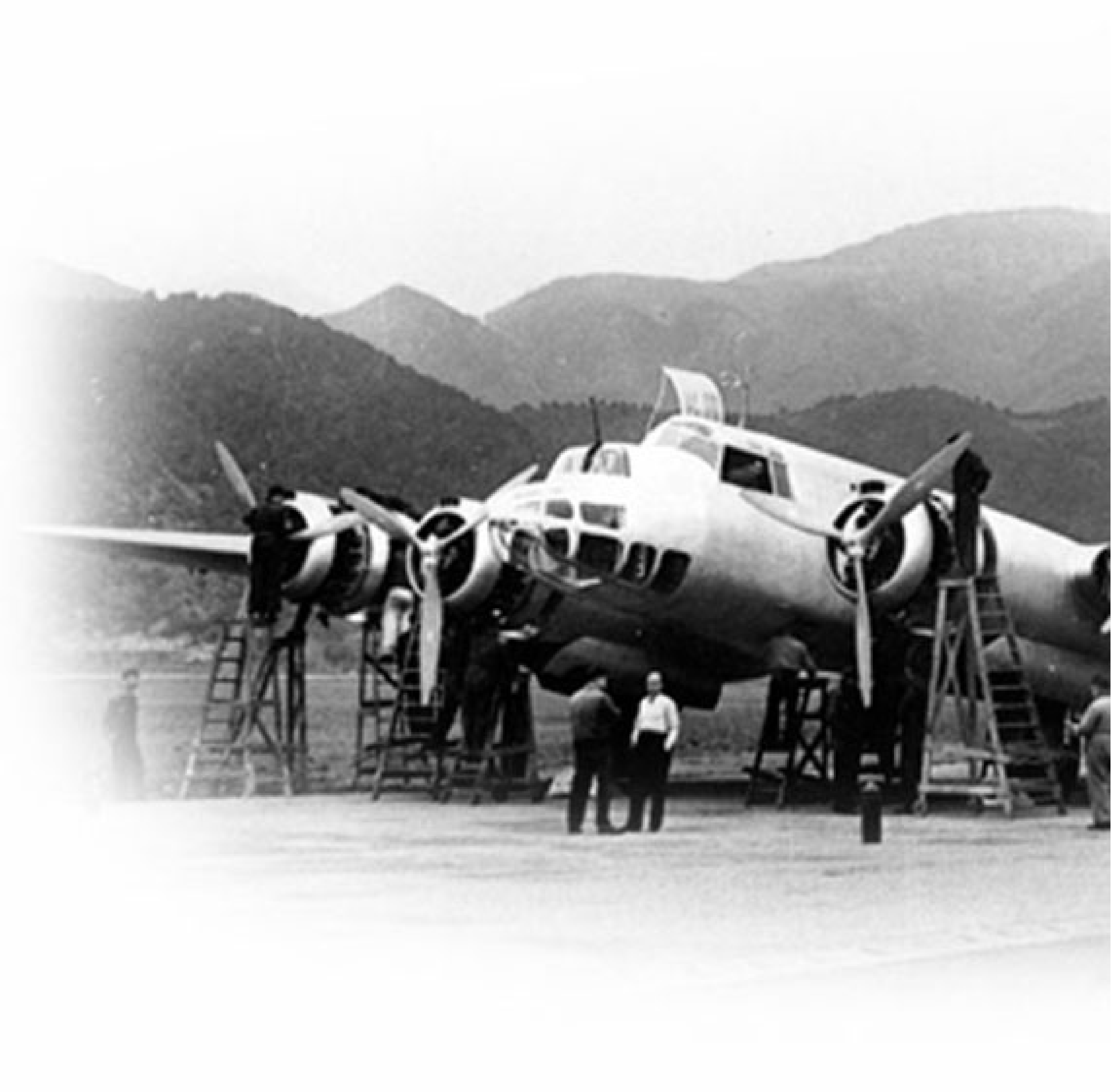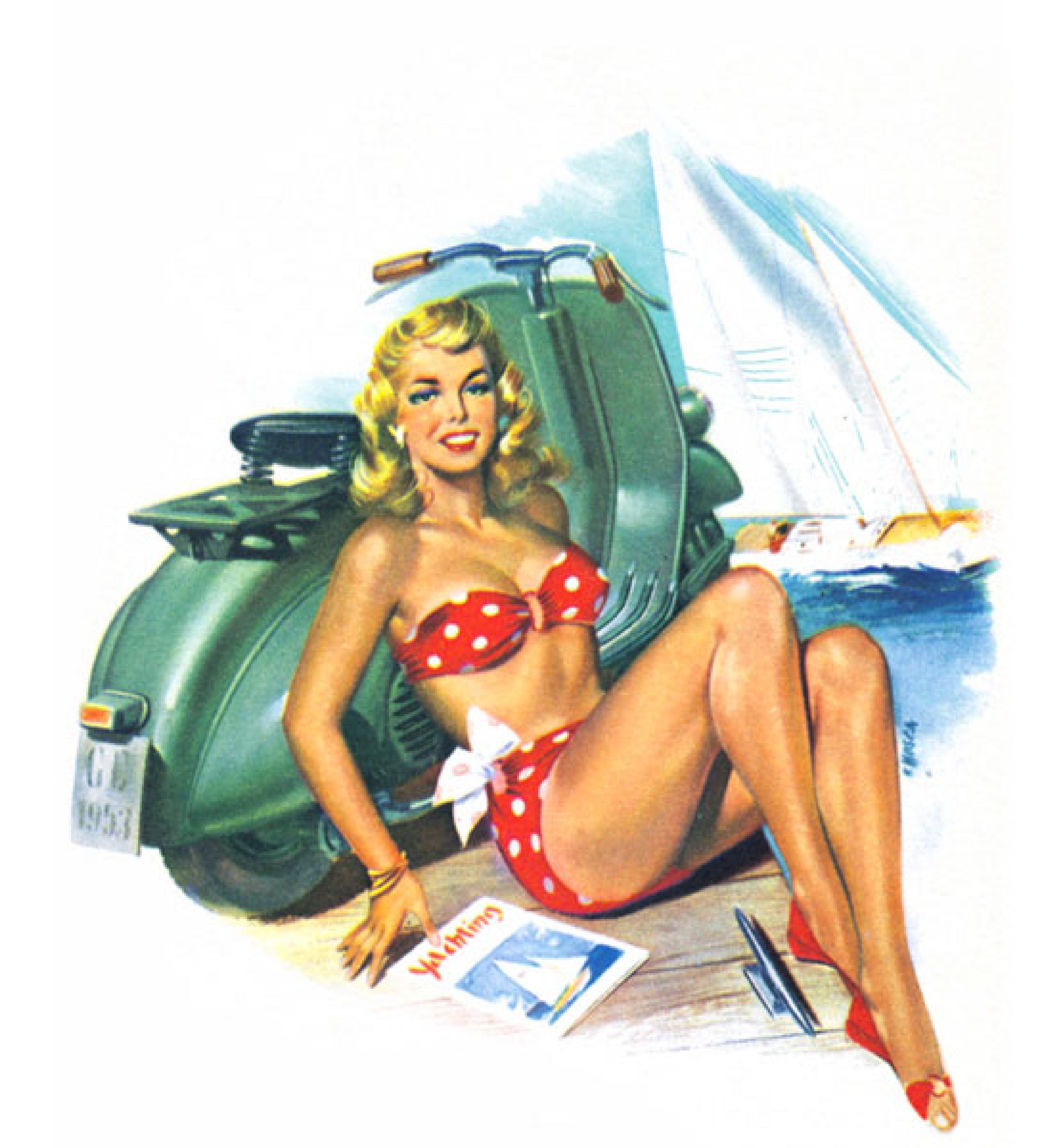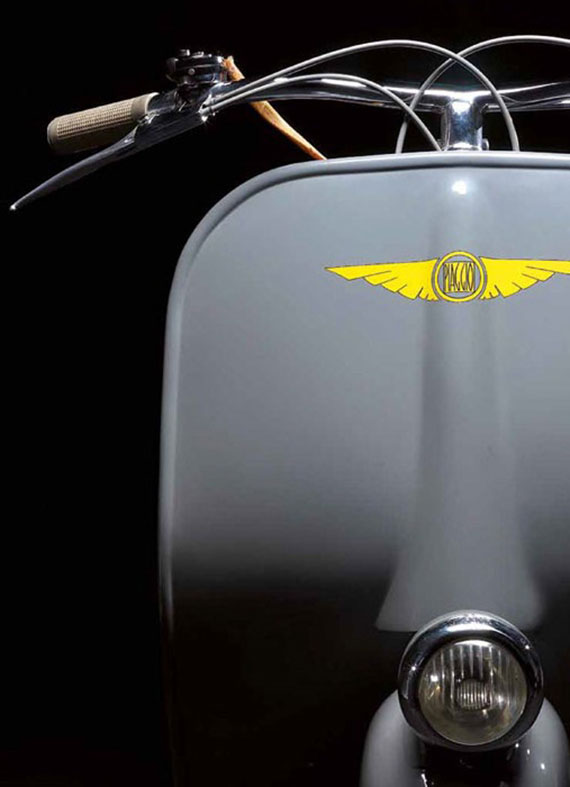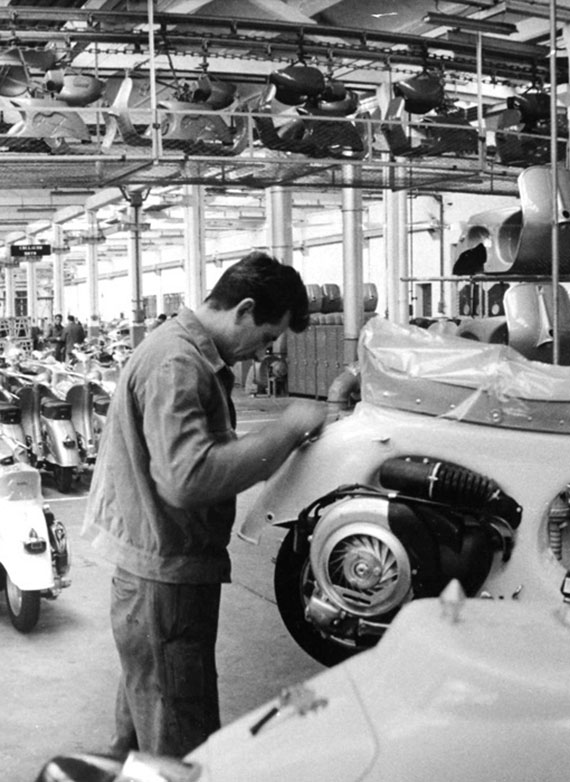Timeline
Take a tour of vespa history
The Origins
"The Piaggio company was founded in Genoa in 1884, by twenty-year old Rinaldo Piaggio. It moved from timber machining to the production of ship fittings, and later aeroplanes and seaplanes, built at that time in wood and canvas, first at the Finale Ligure factory and subsequently in Pontedera (Tuscany). Piaggio became one of the country’s largest aircraft manufacturers. For this reason, the Finale and Pontedera plants were considered strategic targets and were bombed during World War II."

The Invention
"In 1946, as Italy embarked on postwar reconstruction, the rebuilding of the main Pontedera factory was assigned to one of Rinaldo’s two sons, Enrico, who opted for a full conversion focusing on personal mobility. He achieved his ambition, a stylish vehicle for the mass market, thanks to the extraordinary design work of his most talented aeronautical engineer: Corradino D’Ascanio."

The Birth of the Legend
"The brilliant inventor took as his starting point the prototype known as “Paperino” (Donald Duck), on which he implemented a series of revolutionary changes. He eliminated the drive chain, with the wheel driven directly from the transmission, put the gear lever on the handlebar, designed a monocoque frame and enclosed bodywork to protect the rider. In April 1946, the MP6 prototype took shape. Seeing it for the first time, Enrico Piaggio commented: \"Sembra una vespa!\" (it looks like a wasp). He gave the go-ahead for mass production of the first Vespa 98 cc, offering luxury optional features like a speedometer, a side stand and stylish white-trim tyres."

The Development of the Miracle
"Among those who understood the brilliance of the idea and the usual sceptics, the latter were soon to change their minds. Production soared: from 2,484 scooters in the first year, the total reached 19,822 in 1948 with the new Vespa 125. In 1950, with the first German licensee, output reached 60,000 vehicles. Three years later, it soared to 171,200, and the number of Piaggio service stations around the world – including America and Asia – rose to more than ten thousand. This magical period was only the start: soon the Vespa would be produced in 13 countries and marketed in 114 countries around the world."






